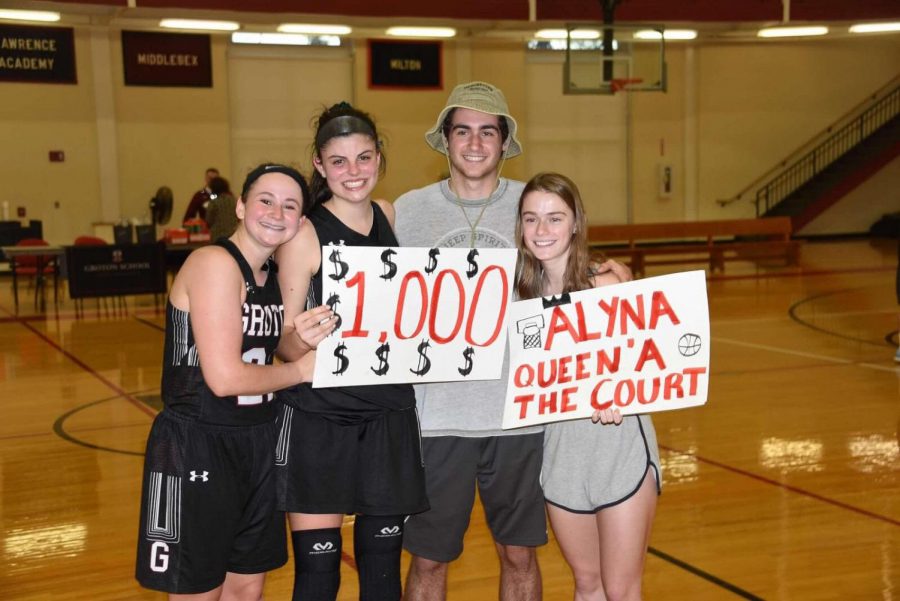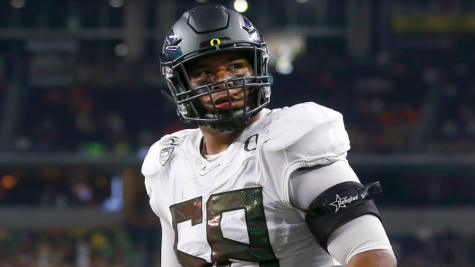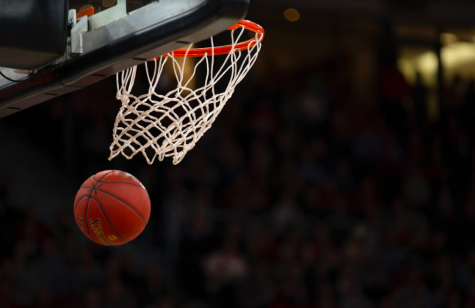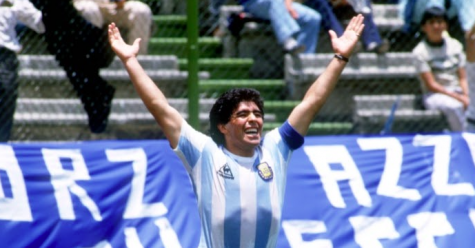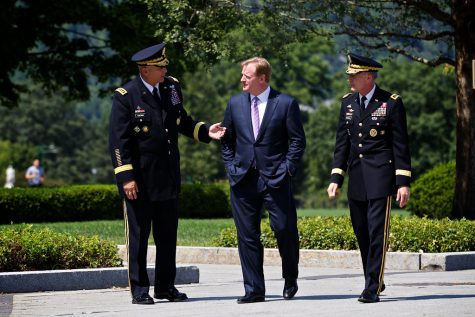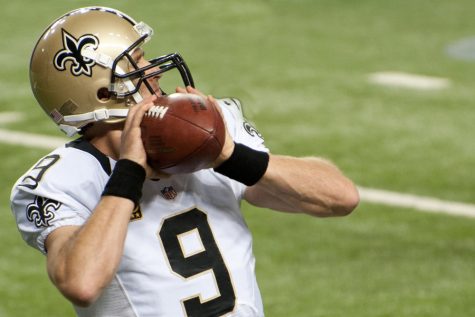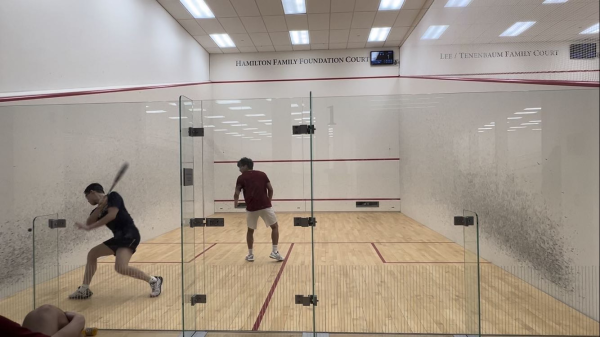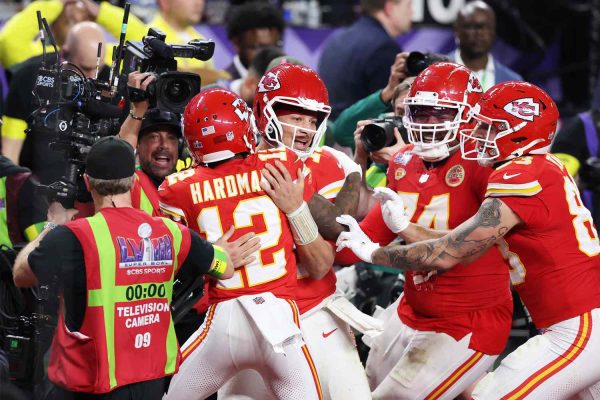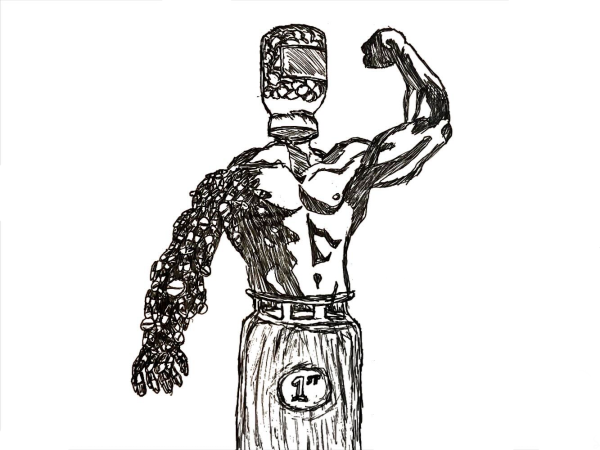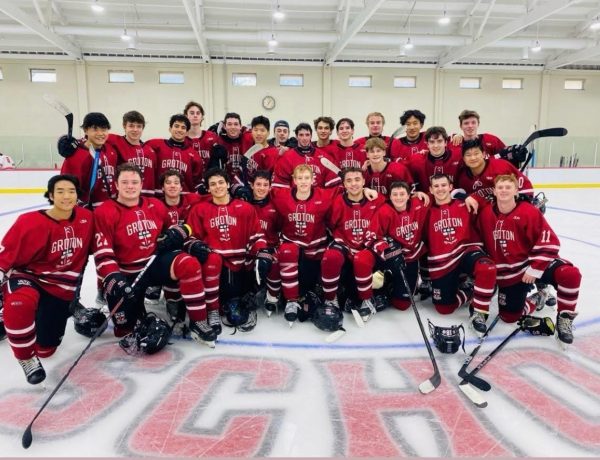Mind the Gap: Facts and Figures Behind Gender Disparity in Sports
Despite efforts to level the playing field, discrepancies between the recognition and compensation of male and female athletes span the sports industry. This imbalance can be traced back to the early days of modern sport, when women were considered soft, weak, and ill-equipped to cope with the demands of physical competition.
It wasn’t until the 2012 Olympic Games in London that every country’s delegation was represented by a female athlete, and on the Forbes magazine list of the 100 highest-paid athletes, there is just one woman: Serena Williams.
The gap in prize money has narrowed considerably since 1973, when not one sport rewarded both genders equally. A recent BBC Sport study found that 8 out of 10 sports with monetary awards now pay equal prize money. Yet disparities still exist. When the US Women’s Soccer Team won the World Cup in 2015, they received $2 million. When the German Men’s team won in 2014, they received $35 million. The gap is even bigger if the tournaments’ total prize money is considered –– according to BBC, $15 million is allocated for the Women’s World Cup, less than half of what the winners of the men’s division win, and $576 million for the Men’s World Cup. Soccer is one of the worst offenders of gender disparity, but is by no means the only. The first-place man is awarded twice as much as the first-place woman in US Open Golf Championship, and the highest-paid player in the Women’s National Basketball Association (WNBA) makes about one-fifth of the lowest-paid player in the National Basketball Association (NBA).
But equal prize money is only one step on the road to gender equality. Endorsement perpetuates the gender imbalance, with top male players consistently earning more than their female counterparts due to higher-paying sponsorship deals. In fact, sponsorship deals account for as much as 90% of the earnings of some athletes, including Cristiano Ronaldo, Tiger Woods, Usain Bolt, and Rob Gronkowski. When Cristiano Ronaldo played for Real Madrid, he earned nearly $58 million in salary and bonuses, as well as an additional $35 million from sponsors, endorsements, and appearance fees, according to ESPN. On the other hand, Anna Kournikova, one of the most well-endorsed female athletes, received $10 million in sponsorships in her highest-earning year, according to CNN. A recent University of Southern California study showed that media also contributes to the gender inequality, which allocates only about 4% of sports coverage on women’s sports due to lack of viewership.
The pay gap affects the highest levels of women’s athletics, but it begins as early as high school. While high school athletes are not paid, top female athletes often receive less recognition than their male counterparts. Last winter, Groton athletes Alyna Baharozian ’18 and Joe Collins ’18 reached the 1,000 point mark on varsity basketball. Alyna believed that the school emphasized Joe’s achievement more than hers; for example, his game gathered a larger crowd, and even though both athletes were close to the 1,000 point mark, there was a plan for creating Joe’s decorated ball before there was a plan for creating Alyna’s. It was due to a miscommunication between the athletic department and outside coaches, but Alyna felt like her hard work wasn’t as valuable because of her gender. As she noted in her speech of conviction this past spring, “it wasn’t, and still isn’t, a stupid ball.” It felt like a symbol of the larger inequity between men and women in sports, which tainted what should have been an exciting moment for Alyna.
Mindfulness about the gap in pay, visibility, and recognition between men’s and women’s sports is increasing nationally. And Groton recently changed its policies so that athletic director Bob Low now reports to Megan Harlan for girls sports. Continued conversations, and bigger turnouts for girls’ teams both on and off campus could continue to equalize the playing field.


